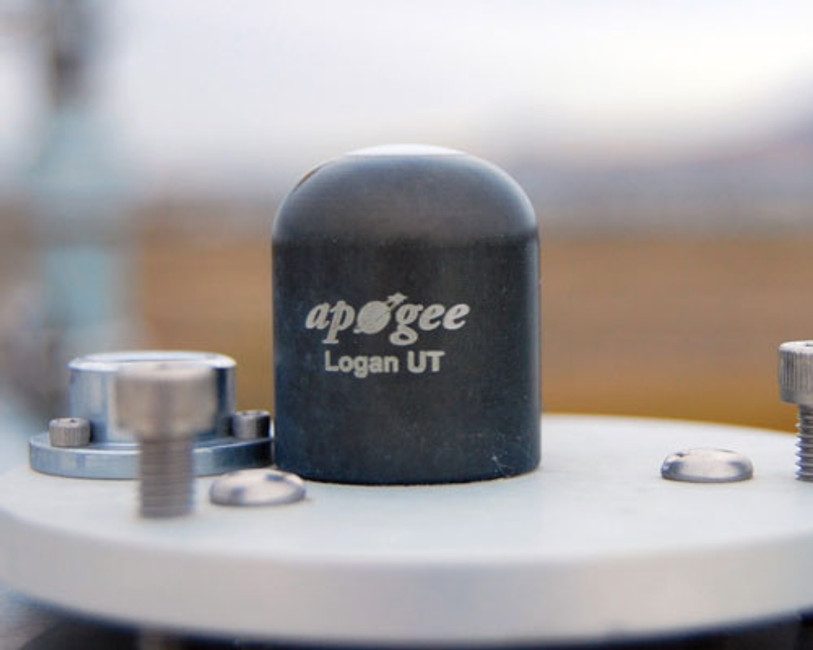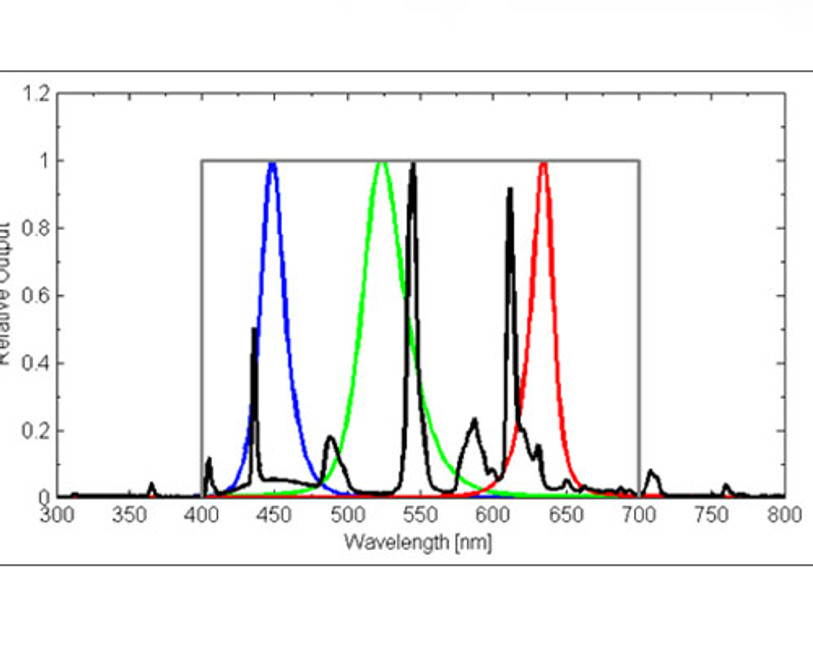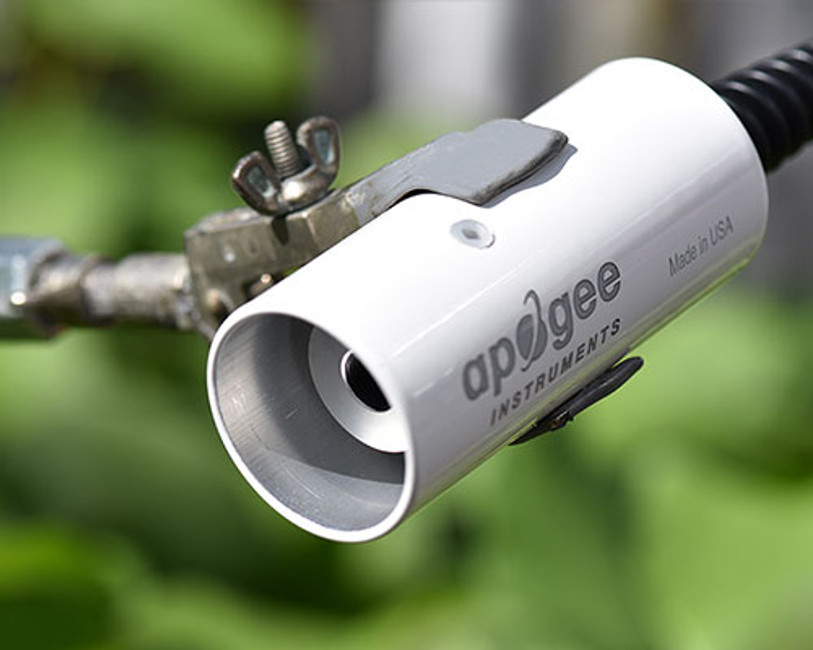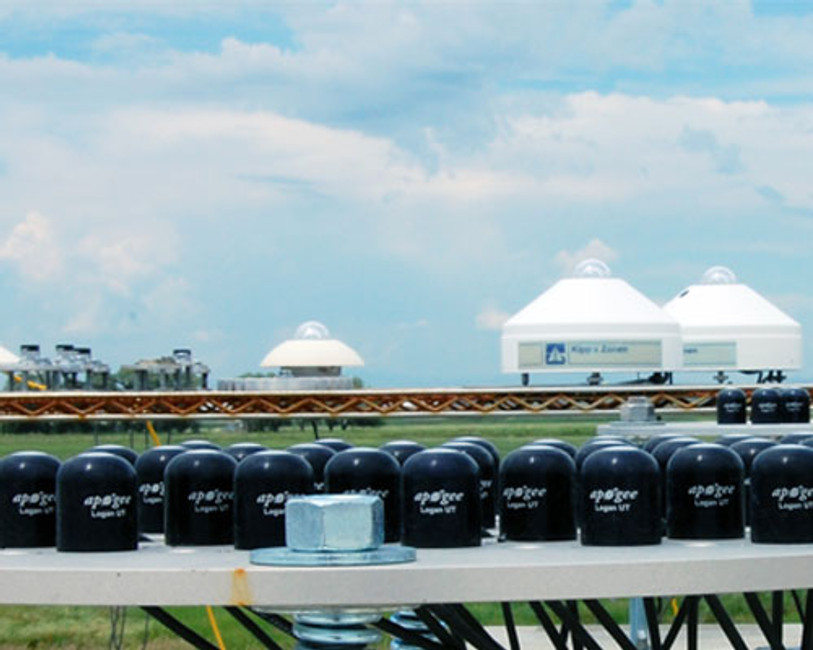
What to Look for when Buying a Sensor
This blog is written by one of newest members of the Apogee team. Schuyler Smith is a recent graduate of Utah State University, with his Bachelor of Science. He has taken up the post of Calibration Technician within the Quality Control Calibration…

Light Intensity Measurements for Light Emitting Diodes (LEDs)
I was working late one evening last week when the phone rang. I debated whether to answer it or not, because it was well after standard business hours and I was trying to finish a project, but I decided I needed a break from my computer screen. I…

Signal to Noise Ratio
My
last blog explained the difference between single-ended and differential measurements. To follow-up, I want to discuss another key concept in the quest to make accurate and consistent measurements: signal to noise ratio (SNR). I will also re…

Reference Pyranometer Traceability and Recalibration
For most applications, a pyranometer is only as good as its calibration. This makes the initial calibration process, and subsequent recalibrations, critical steps for accurate measurement of solar radiation. The accepted worldwide standard for glo…

Uniformity, Repeatability, Stability, and Accuracy
Sensor manufacturers often provide information regarding uniformity, repeatability, stability, and accuracy on their specification sheets. But what do they really mean to you, the person making the measurement?
{Image from http://www.freedigital…
